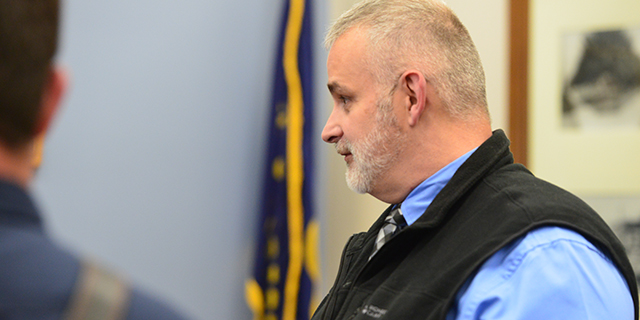Trump seeks to broaden virus testing; confusion persists
Published 3:18 pm Friday, March 13, 2020
WASHINGTON — The Trump administration scrambled Friday to broaden testing for the coronavirus with a flurry of new measures, and public confusion persisted over who should be tested and how to get checked for the disease.
Trending
Declaring a national emergency, President Donald Trump and senior staffers laid out a new testing strategy designed to screen hundreds of thousands of Americans at drive-through centers based around major retail chains.
Countries, including South Korea and Germany, have been using that approach for weeks, allowing people to quickly provide a throat or nasal swab for testing without leaving their cars.
“We want to make sure that those who need a test can get a test very safely, quickly and conveniently,” Trump said at a news conference in the Rose Garden. But he added the test is not intended for everyone, such as those without symptoms.
Trending
“We want to make sure that those who need a test can get a test very safely, quickly and conveniently.” — President Donald Trump
The moves come a day after one of the government’s top health officials called the initial testing effort “a failing” and health care professionals, politicians and patients across the country complained about lack of access to testing.
Vice President Mike Pence, who is the leading the coronavirus task force, said the U.S. can test 15,000 to 20,000 patients per day but added the number would increase “very soon.”
Health officials said Friday a new website “facilitated” by Google would guide users through a series of questions to determine whether they should be screened. If testing is recommended, users would be directed to a local testing location, which could include parking lots at Walmart, Target, Walgreen’s and other major chains. People will be able to log on to the screening website later to view test results, according to the administration.
The website could be ready by Sunday night, officials said, and results could be turned around in 24 to 36 hours.
Verily, a company under Google, confirmed it is working to “help triage” people for screening. But the company offered no details about what the tool would look like or when it would launch.
The administration’s coordinator for the virus response acknowledged growing scrutiny of the government’s testing effort.
“I understand a lot of this behind-the-scenes action over the last couple of weeks was invisible to the press and the American people,” said Dr. Deborah Birx, a government researcher and health official.
For weeks, public health experts have warned the U.S. testing effort is being stymied by the limited number of labs running the COVID-19 tests and confusion among health care workers over who can be tested.
The Centers for Disease Control and Prevention tells people to seek testing if they have certain symptoms of the flu-like illness caused by the coronavirus — fever, cough and trouble breathing — and if they have traveled recently to a coronavirus outbreak area or have been in close contact with someone who’s been infected. Ultimately, it’s up to the doctor to decide who should get tested.
The CDC also tells doctors to give priority to the elderly or those who have health conditions that make them more vulnerable to COVID-19, which can cause pneumonia. Doctors are supposed to prioritize medical workers or others who have been in contact with a confirmed case.
The agency recommends people be tested for flu, to rule that out, because many of the symptoms are similar and it is flu season. Meanwhile, some researchers are trying to estimate how many Americans are actually infected.
Earlier research suggests that for every documented, confirmed case, seven or more people are infected but not diagnosed, said Jeffrey Shaman, a Columbia University scientist noted for his work on flu predictions. That suggests there could be 14,000 or more infected people in the United States right now, he said.
— Associated Press writers Mike Stobbe and Ricardo Alonso-Zaldivar contributed to this report.








